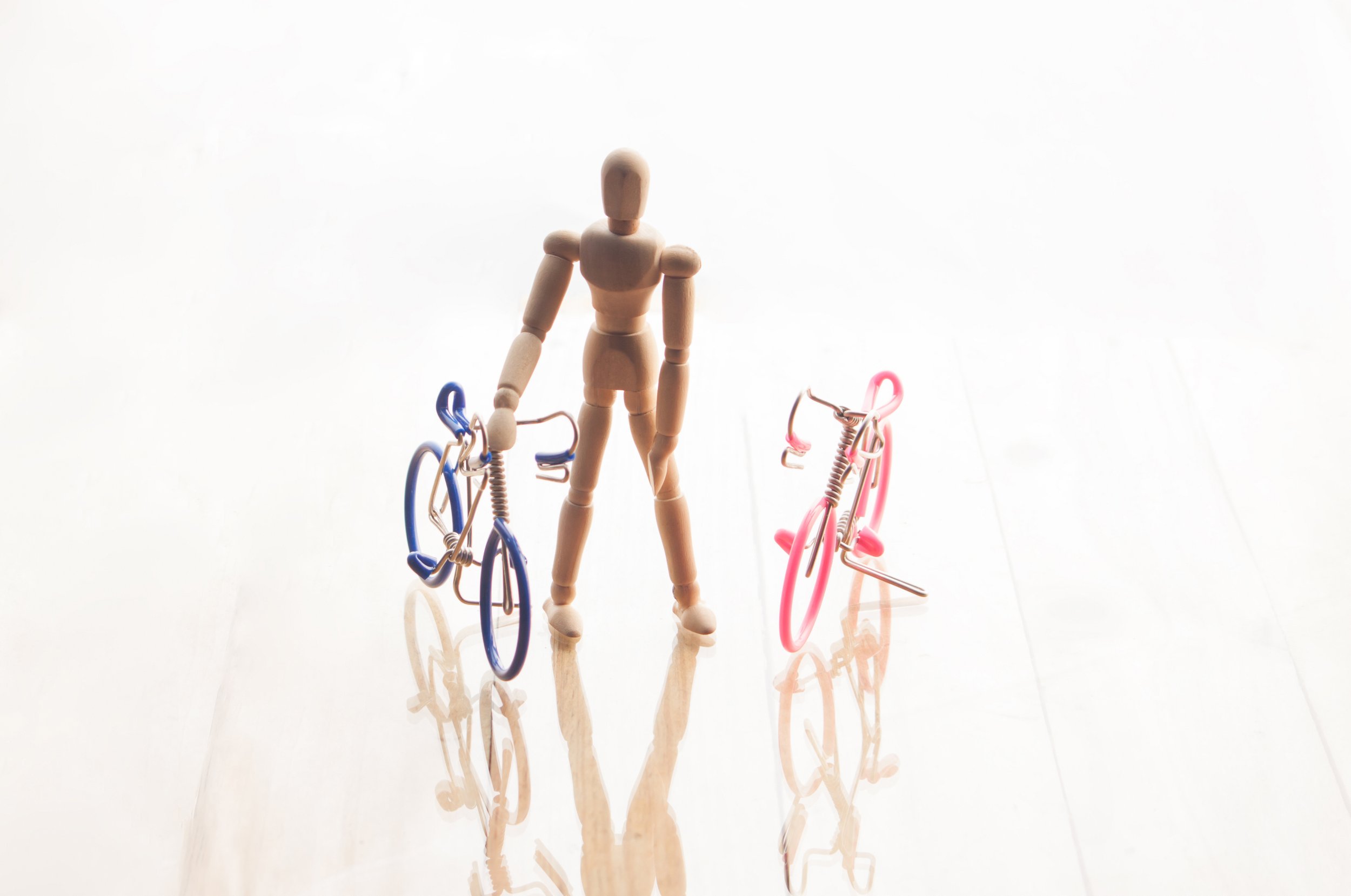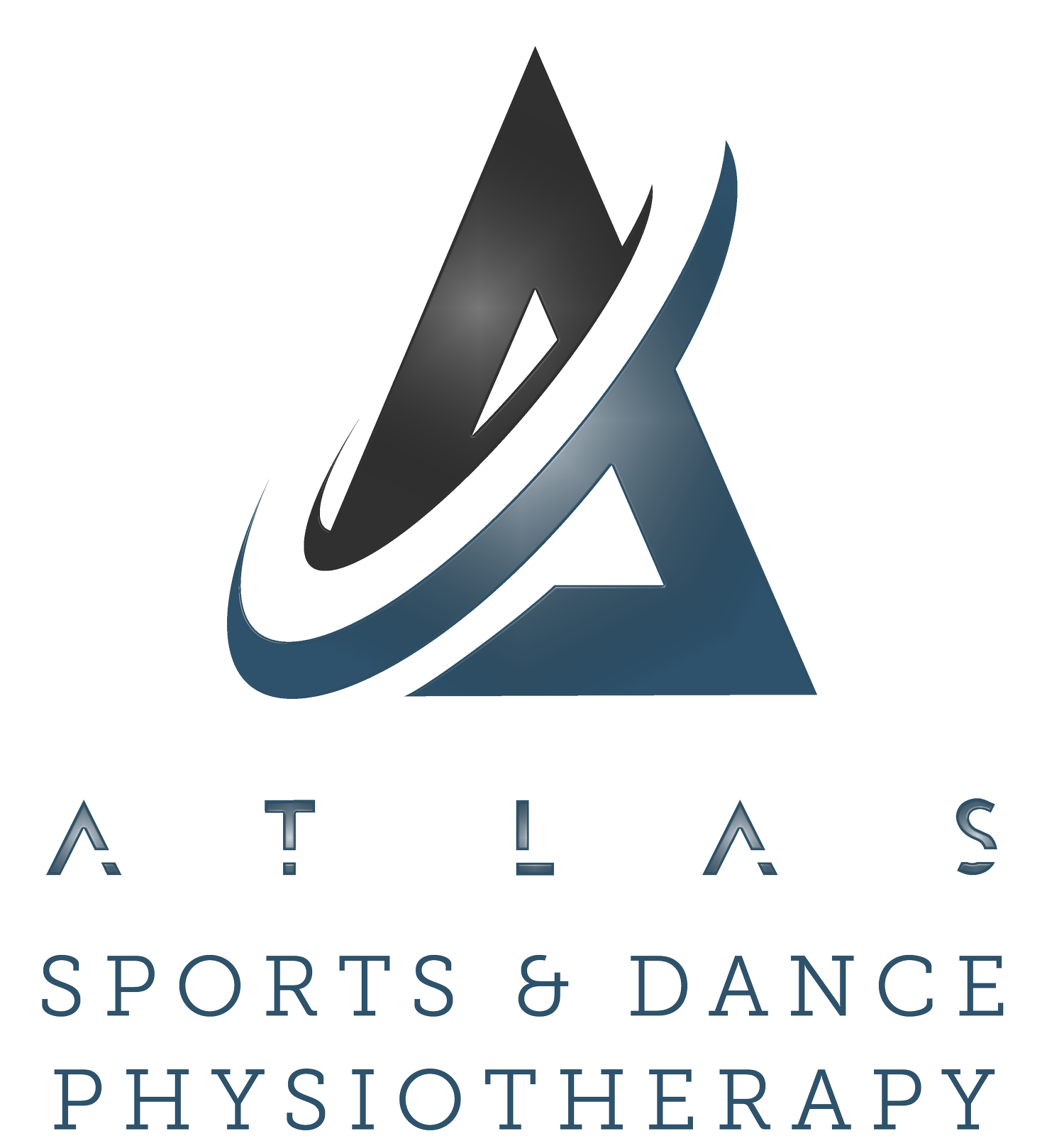
Bike Setups
Atlas Sports and Dance Physiotherapy’s Roslyn Penfold has many years of experience assisting bike riders achieve optimal setup on their bikes. Irrespective of the level of the cyclist, the science of biomechanics, aerodynamics and muscle physiology, are applied to each individual. These are then considered in respect to the cyclist’s body type and biomechanics, goals and objectives. In short a good setup marries the pure science of biomechanics and aerodynamics, with the less precise art of reading and fitting the body to this science.
As a former Australian medalist on the velodrome, and ACTAS scholarship holder, Roz fully understands the intricacies of bike set-up. Once retiring from as a competitor she toured as physiotherapist with the National women’s cycling team, and continues to work with ACTAS cycling. She also brings broader skills to the bike setup from work with International level triathletes of all distances. Hence adjusting position according to the cyclist’s discipline or needs.
Riding a bike may seem a simple activity, according to here-say something you never forget how to do. However the interaction between the rider and the bike is a complex one. Many variables affect the ultimate riding performance. One of the most potent factors in bike performance is the position of the body on the bike.
The position of the cyclist on the bike influences:
Power production required to move bike
Physiological efficiency
Motion resistance (aerodynamics)
Physical wear and tear (longevity of body parts)
Other performance influences include:
Pedaling technique
Pedal/foot interface
Component choice
The aerodynamic qualities and weight of the bike/rider combination will influence the factors which have potential to slow you down. These are called retarding forces, factors such as the drag forces created by tyre qualities, wind and weight. On top of all this your body has a most efficient position on each bike. This position will combine your physical geometry, needs and objectives, with the science of cycling and injury prevention. Once this position is achieved you are less inclined to injury.
An understanding of these above factors will assist in optimizing your cycling performance. Many parameters will affect your overall bike position. Some of those measured and corrected during the process of an Atlas Sports and Dance Physiotherapy Bike set-up and prescription are:
Frame and setup geometry
Top tube length
Seat tube length
Frame angles
Saddle setup (seat height, seat fore/aft position, saddle alignment/tilt)
Handlebar height/type and reach/disparity
Stem length
Crank length
Pedal type
Cleat position
Pedaling technique
The consult takes 90 minutes. During this time you will be taken through the entire process and where possible the bike will be fitted to you. Any technical issues like pedaling, neutral spine and core control will be addressed during this time. Digital stills and video are used as part of the process. All this information is entered into the Bike setup and prescription software, and a copy given for future reference.
Best bike set-up = Most efficient set-up = Best outcome for your training time.

